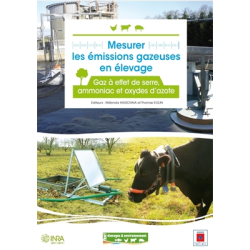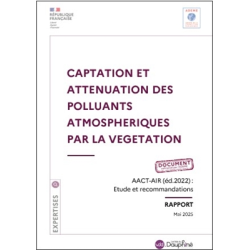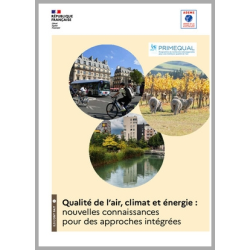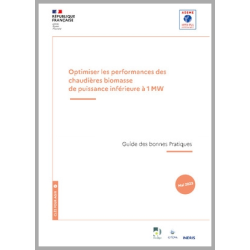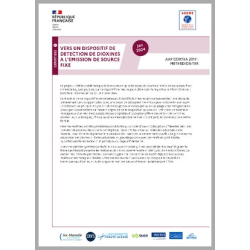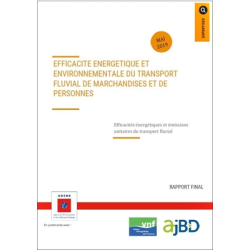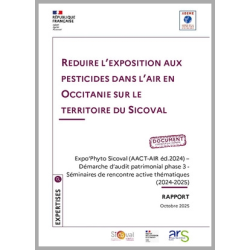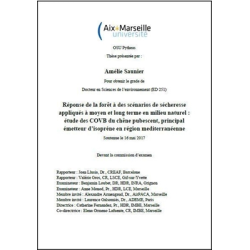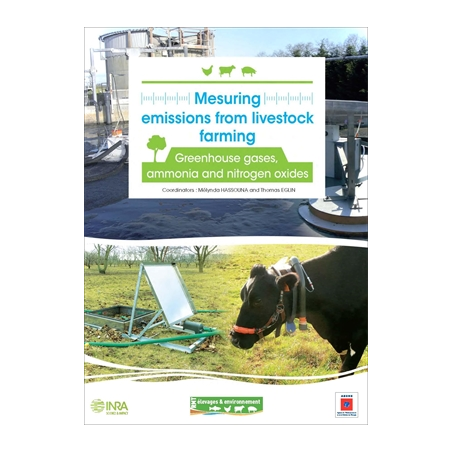
Mesuring emissions from livestock farming
Greenhouse gases, ammonia and nitrogen oxides
Présentation
Air pollutant and greenhouse gas emissions have recently become an environmental concern for livestock farmers. In France, livestock farming plays a major contribution to air pollutant emissions, amounting to over 70% of national ammonia (NH3) emissions and 75% of methane (CH4) emissions. Currently, the measurement of emissions from livestock is still not very widespread, limiting the number of references available for national livestock production that can be used to guide farmers on how to modify their production systems to reduce emissions. This review was drawn up by the ADEME and the RMT 'Livestock and Environment' to set out the main measurement methods used to quantify greenhouse gas, ammonia and nitrous oxide (dinitrogen monoxide) emissions from livestock production systems. The main aim is to provide the information required to help potential users determine which quantification methods are most suitable for their requirements and how much the equipment is likely to cost.
Caractéristiques
- Date de mise en ligne
- 17/05/2019
- Type de document
- Etude/Recherche
- Nb. de pages
- 222 P
Air pollutant and greenhouse gas emissions have recently become an environmental concern for livestock farmers. In France, livestock farming plays a major contribution to air pollutant emissions, amounting to over 70% of national ammonia (NH3) emissions and 75% of methane (CH4) emissions. Currently, the measurement of emissions from livestock is still not very widespread, limiting the number of references available for national livestock production that can be used to guide farmers on how to modify their production systems to reduce emissions. This review was drawn up by the ADEME and the RMT 'Livestock and Environment' to set out the main measurement methods used to quantify greenhouse gas, ammonia and nitrous oxide (dinitrogen monoxide) emissions from livestock production systems. The main aim is to provide the information required to help potential users determine which quantification methods are most suitable for their requirements and how much the equipment is likely to cost.
- Auteurs
-
ADEME
INRA
- Public(s)
-
Agriculture et Forêt
Entreprises et fédérations professionnelles
- Type de document
-
Etude/Recherche
- Thématique
-
Air
Agriculture, alimentation, forêt, bioéconomie
- Collection
-
Hors collection
- Date d'édition
-
01/2015
- Date de mise en ligne
-
17/05/2019
- Nb. de pages
-
222 P
- Langue
-
Anglais
Documents associés



